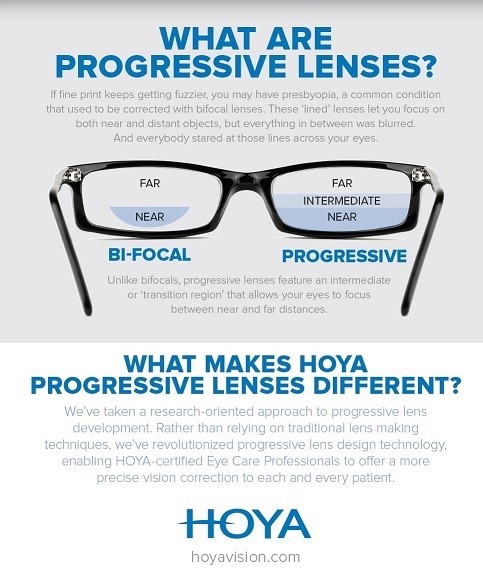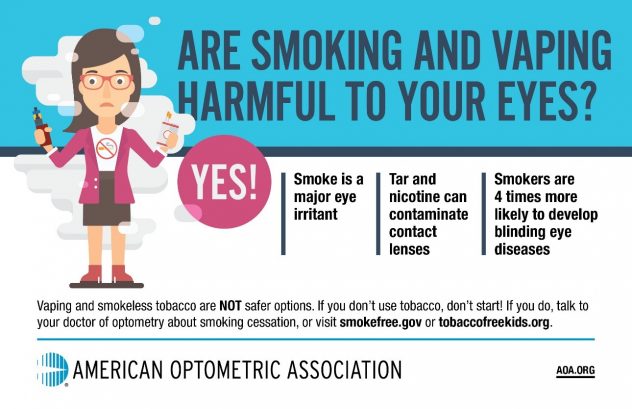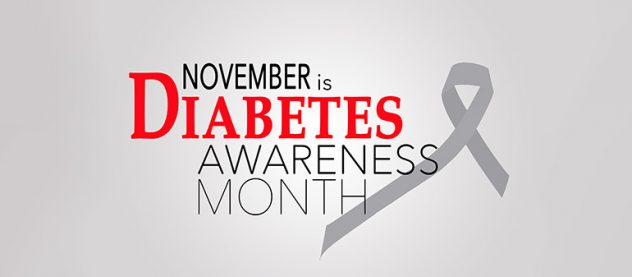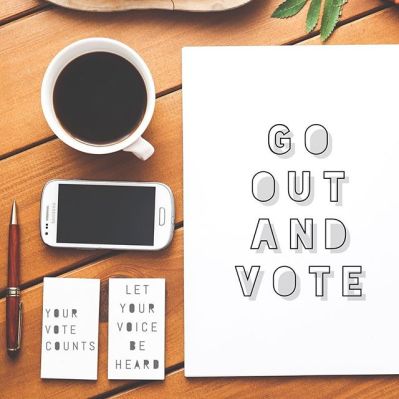Will you be turning “29 again” this year? If you notice you’re struggling to read fine print or making adjustments between distances you may have a condition called presbyobia. Don’t worry, it’s not scary and believe it or not everyone will get it eventually! Presbyobia most commonly starts to set in around age 40. That’s when you’d consider getting bifocals or readers. No way, you don’t want those glasses hanging on a chain around your neck do you?

Good News! We offer HOYA progressive lenses. HOYA is the technology leader in making lenses that eliminate the need for granny glasses or fumbling around with multiple pairs. If you are sensing a change in your vision and are feeling uncomfortable in situations, like night time driving or adjusting from reading to quickly looking up into the distance let’s talk about:
- the types of lenses HOYA has for you
- the technology used to customize your lenses
- other benefits of HOYA lenses — scratch resistance, protection from blue light, reduce glare, dirt and smudges
- options for you before presbyopia sets in
We have lenses that can be customized to your lifestyle!
The Hoya iD Lifestyle 2 Lenses (you missed out on LifeStyle 1… they have innovated since!) have two core options: Clarity and Harmony. Clarity lenses are designed to meet the visual needs of those who lead active lifestyles, providing wider and clearer fields of vision when looking ahead and out into the distance. Typically people who are new presbyopes have success with Clarity.
Harmony lenses are designed for those folks who already wear progressive lenses, and are looking to have more balance between all viewing zones – near, intermediate and distance.
Tell us about your vision needs! We want to celebrate your lifestyle with lenses that work for you.








 Quitting smoking isn’t easy. It takes time. And a plan. You don’t have to stop smoking in one day. Start with day one. Let the
Quitting smoking isn’t easy. It takes time. And a plan. You don’t have to stop smoking in one day. Start with day one. Let the 



